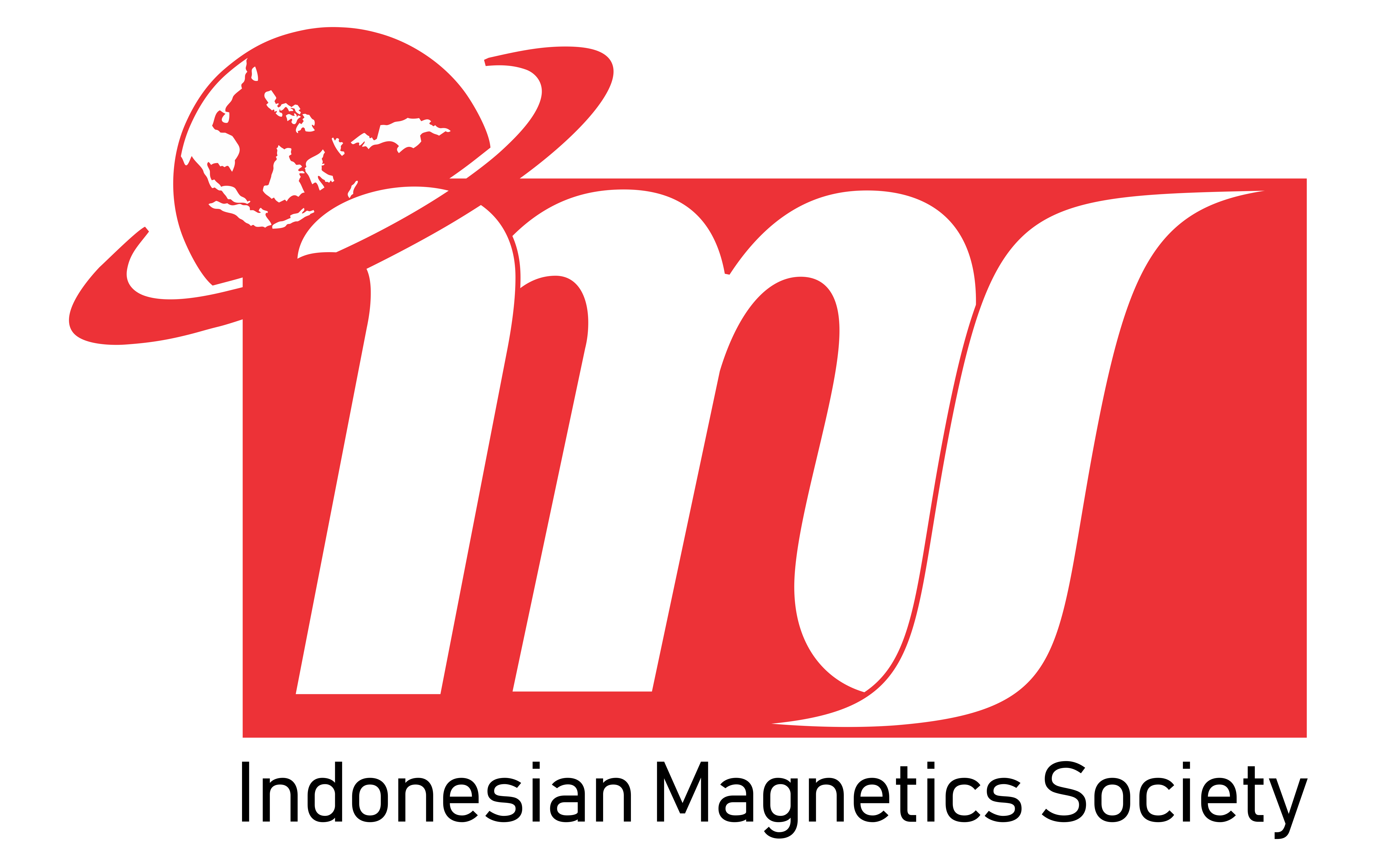Optical properties of dye DN-F05 as a good sensitizer
Abstract
Keywords
Full Text:
PDFReferences
Ellis, H., Eriksson, S.K., Feldt, S., Gabrielsson, E., Lohse, P., Lindlband, R., Sun, L.,Rensmo, H., Boschloo, G. & Hagfeldt, A. (2013). Linker unit modification of triphenylamine-based organic dyes for efficient cobalt mediated Dye-Sensitized Solar Cells. Journal of Physical Chemistry, 117, 21029-21036.
Gabrielsson, E., Ellis, H., Feldt, Sandra., Tian, H., Boschloo, G., Hagfeldt, A., & Sun, L. (2013). Convergent/divergent synthesis of a linker-varied series of dyes for Dye-Sensitized Solar Cells based on the D35 donor. Journal of Advanced Energy Material, 3, 1647-1656.
Godibo, D.J. (2012). Screening of natural dyes for use in dye sensitized solar cells. Journal of Physics Chemistry, 7, 140-145.
Grӓtzel, M. (2003). Dye-sensitized solar cell. Journal of Photochemistry and Photobiology C, 4, 143-145.
Halme, J. (2002). Dye-sensitized nanostructured and organic photovoltaic cells: Technical Review and Preliminary Tests. Tesis, Department of Engineering Physics and Mathematics, Helsinki University of Technology.
Kakiage, K., Aoyama Y., Yano, T., Oya, K., Fujisawa J., & Hanaya M. (2015). Highly-efficient dye-sensitized solar cell with collaborative sensitization by silyl-anchor and carboxy-anchor dyes. Journal of Chemical Communications, 51, 15894-15897.
Nazeeruddin, Md. & K., Baranoff, E. (2011). Dye-sensitzied solar cells : a brief overview. Journal of Solar Energy, 85, 1172-1178.
Prasetyowati, R. (2012). Sel surya berbasis titania sebagai sumber energi listrik alternatif. Prosiding Seminar Nasional Penelitian, Pendidikan dan Penerapan MIPA, Universitas Negeri Yogyakarta.
Schlichthörl, G., Park, N.G., & Frank, A.J. (1999). Evaluation of the chargecollection efficiency of dye-sensitized nanocrystalline TiO2 solar cells. Journal of Physics Chemistry, 103, 91-782.
Subodro, R, & Ramelan, AH. (2012). Sintesa titanium dioxide (TiO2) untuk dye-sensitized solar cell (DSSC), UNS.
Wongcharee, K., Meeyo, V., & Chavadej, S. (2007). Dye-sensitized solar cell using natural dyes extracted from rosella and blue pea flowers. Journal of Solar Energy Mater Solar Cells, 91, 566-571.
Refbacks
- There are currently no refbacks.







